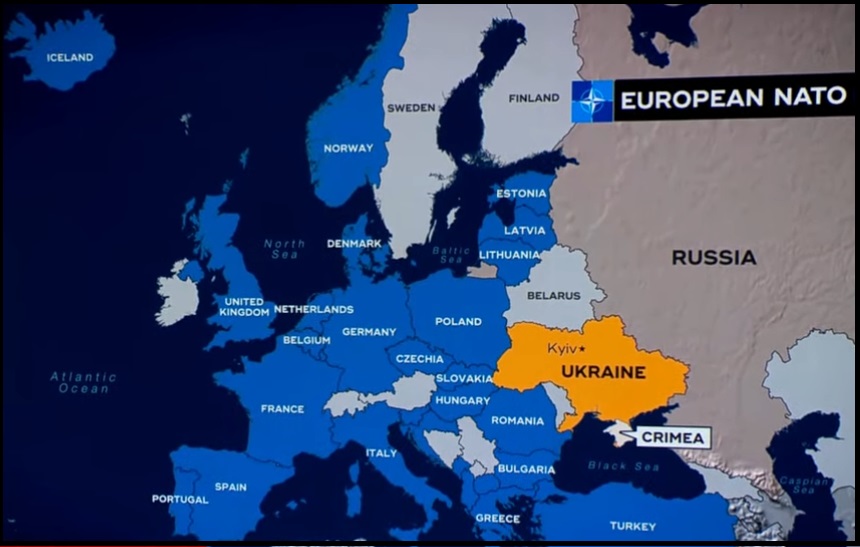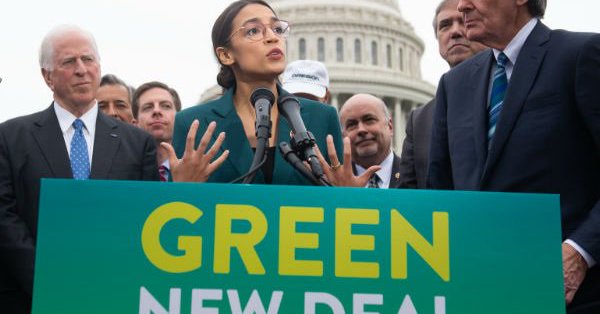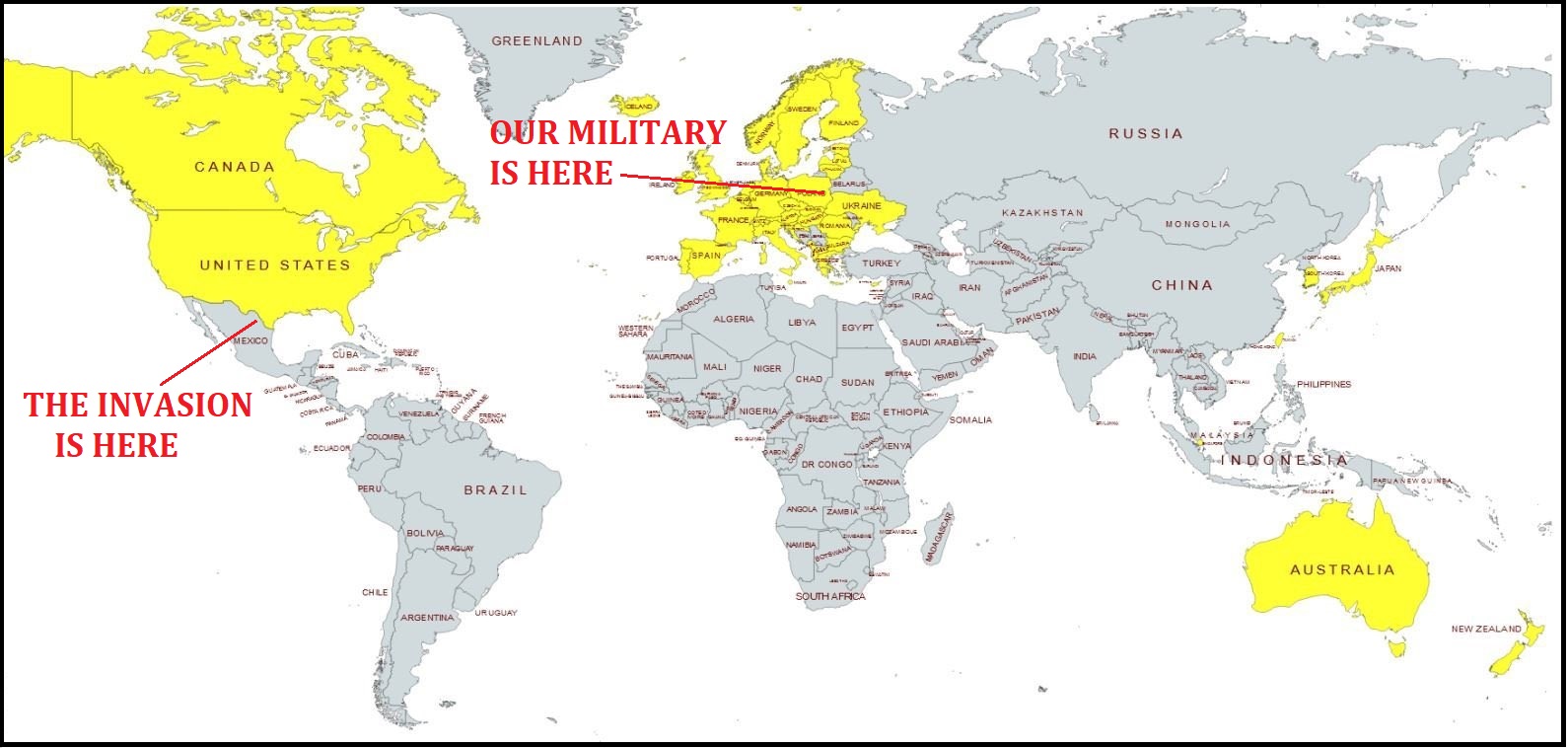The Financial Times is reporting {link here, paywall} that Finland and Sweden are likely to join the NATO alliance. According to the reporting {also in Reuters} the application from Finland is expected in June and Sweden shortly thereafter.
Adding Sweden and Finland would be a major escalation in both the western conflict and provocations against Russia, obviously, justified by western leaders as a consequence of the Russian invasion of Ukraine. However, in the big analysis, the global financial system appears to be the larger issue.

From the outset of the Russian military operation into Ukraine, it was obvious the western alliance was intent on an almost ‘all or nothing‘ confrontation with Russia. The only limits to what the alliance was willing to do was trigger a nuclear showdown through direct military action against Russia to protect the non-NATO country of Ukraine.
The NATO and western government response was a fast system of financial sanctions intended to cripple the Russian economy. However, Russia responded to those actions with countermoves on the trade front, beginning to establish the first ever non-Euro and non-dollar-based trade system. In essence, a financial trading system created by the BRICS group (Brazil, Russia, India, China and South Africa).
Therefore, if we think about the current status of geopolitics and international finance, the NATO response now involves a priority of controlling and protecting the previously established financial structures of global trade. A NATO effort to avoid the cleaving is now underway as an outcome of the sanctions against Russia.
As one person put it, “This is a fight for the dollar as reserve currency. Imagine trying to maintain our debt when nobody wants treasury notes. If BRICS succeed, US collapses as an economic power. On the other hand, if we win, Klaus Schwab’s nutty world wins.” I tend to agree with this outlook because it parallels something we see domestically in the U.S.
 In the United States, the people behind Biden and the extreme leftists are rapidly advancing their ideological quest toward the “Green New Deal.”
In the United States, the people behind Biden and the extreme leftists are rapidly advancing their ideological quest toward the “Green New Deal.”
Coal, oil, and gas exploration/development have been slowed, stymied and halted as the administration chases clean renewable energy goals.
However, the current problem is there’s no intermediate system of energy production to support their push. This is driving energy costs through the roof, and that problem is magnifying inflation created by prior spending.
During their collective pandemic response, western governments all followed the blueprint laid out by the World Economic Forum (WEF), which was, in essence, to shut down human activities, lock down economies and then spend massively to fill the void. Almost all western leaders followed this exact advice and spent tens-of-trillions in direct subsidies to people and businesses during their lockdowns and COVID mitigation efforts.
At the end of this interventionist rainbow, the collective was instructed to “build back better,” where the economies they destroyed would be rebuilt through the priority prism of ‘climate change.’ However, just like the absence of any U.S. energy transition, the WEF program also did not have a mechanism to bridge the change from ‘dirty’ to ‘clean’ energy.
All of the western government spending during their COVID plan has created two big issues (crisis):
♦ First, massive inflation in every nation who followed the government spending approach. Not coincidentally, the national rate of inflation in every nation directly correlates to the scale of their spending in relationship to their GDP. Global inflation is raging amid the nations that locked down and then subsidized the missing economic activity with government spending.
♦ The second crisis is simple. All of that unsustainable spending has created massive government debt, that has to be paid back. The debt level within the western nations has skyrocketed.
 However, if you take the outlook that WEF instructions were based on forethought this inflation and debt was going to be a natural consequence, a crisis created by following the plan, then it’s also likely the way out of the debt was going to be a global digital currency. How else could the World Economic Forum members possibly expect to pay for their: (a) current spend level, and (b) grand “build back better” agenda?
However, if you take the outlook that WEF instructions were based on forethought this inflation and debt was going to be a natural consequence, a crisis created by following the plan, then it’s also likely the way out of the debt was going to be a global digital currency. How else could the World Economic Forum members possibly expect to pay for their: (a) current spend level, and (b) grand “build back better” agenda?
That global banking system and multinational financial outlook puts a very important context to how the west would look at the BRICS financial trade mechanisms as a threat.
Additionally, if this financial and banking issue is the true motive of western government, then suddenly a lot of our internal conservative political pro-Ukraine anti-Putin commentary starts to make sense.
People have wondered why folks like Mark Levin, Ben Shapiro and other conservative voices have been pounding the table demanding U.S. military involvement and more punitive actions against Vladimir Putin. In the U.S., people have wondered why suddenly a major section of the Republican establishment have aligned with the position of the WEF, UN, NATO, World Bank, George Soros, Hillary Clinton, etc.
If you accept the global banking system and international financial system is at risk, due to the strategies of Russia to avoid the sanctions, then suddenly the severe position of those voices makes sense. Follow the money.
Arguably, this global economic problem (debt and inflation) was directly caused by the collective western government response to COVID. However, now there’s another aspect that makes the debt and inflation seem small by comparison. If there was an alternative to currencies deliberately devalued by the collective western approach to government spending, wouldn’t you want to own that?
If the financial systems, central banks, and global financial mechanisms are fractured by an entirely new system to pay for trade, i.e. the BRICS approach, we end up with two distinctly different currencies (still undetermined) to pay for trade.
This outlook puts Sweden and Finland essentially in a position of choosing banking sides. NATO supporting the maintenance of Euros and Dollars, and the BRICS group, representing almost two thirds of the world population, fighting to go in another direction.
That is the bigger conflict.
WEF -vs- BRICS over trade currency….
…. is also NATO -vs- Russia
…. is also Climate Change -vs- Oil use.
…. is also Globalism -vs- Nationalism
…. is also Feudalism -vs- Freedom

